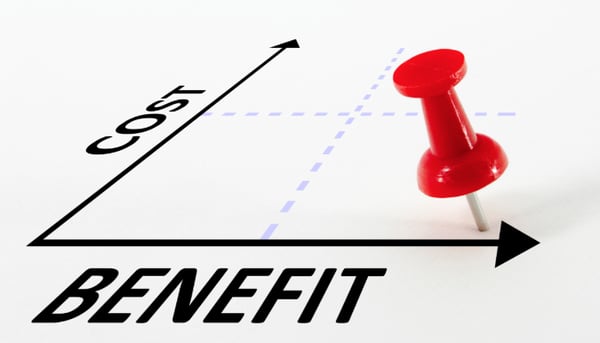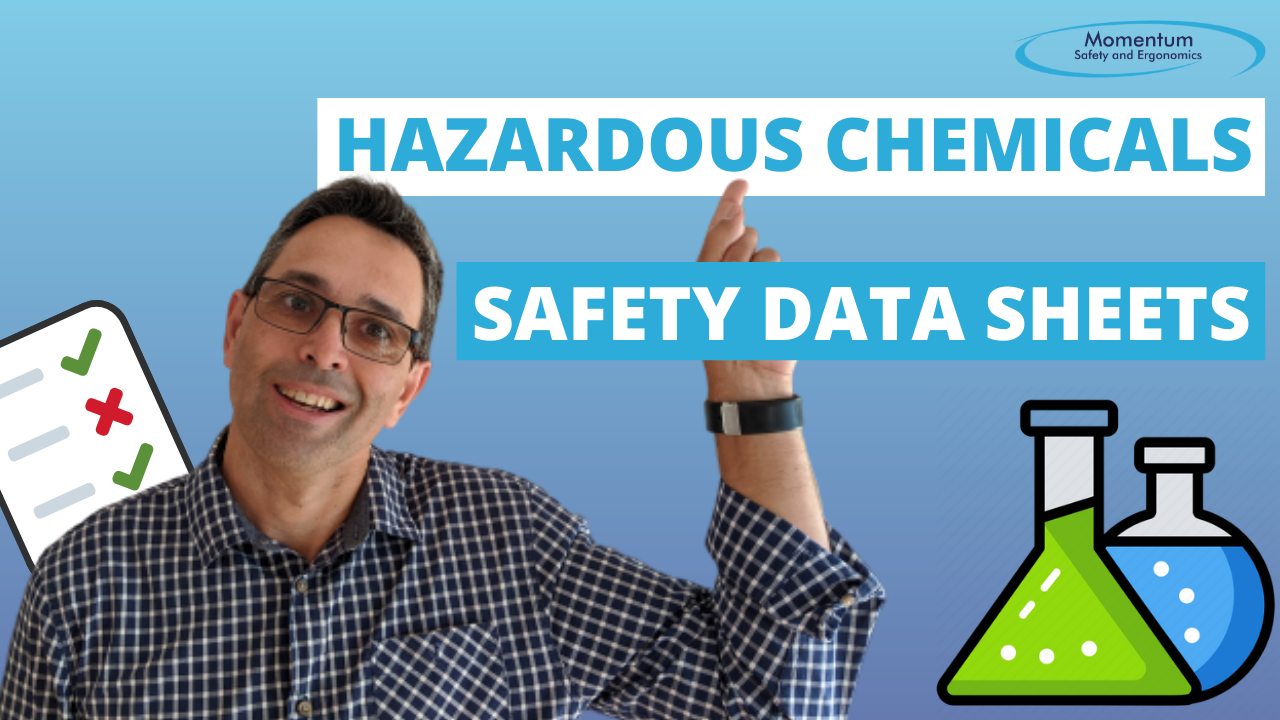WHS professionals need to know when and how to use Cost-Benefit Analysis
Being a health & safety professional can be a frustrating job – especially when something goes wrong.
But then there’s the things that should actually be positive experiences - like when you identify an opportunity to improve your organisation’s workplace health & safety (WHS) practices.
Whilst coming up with the idea is certainly a good feeling, that mood is often soon replaced by a morbid realisation that getting the darn thing approved is going to be more painful than pulling teeth.
And it’s not helped by the fact that you think it’s an absolute no-brainer and the type of initiative your job demands. Of course there’s an upfront cost but you know that the benefits will soon outstrip the investment.
Or will they?

And therein lies the problem. How do you really know? And more importantly, how are you going to communicate to those holding the purse strings that you really know?
You’ve tried the emotive argument and provided them with some solid anecdotal evidence but deep down you know what you really need to do.
Say hello to the Cost-Benefit Analysis - a simple, quantitative way of formally deciding whether to go ahead with an initiative.
Cost-Benefit Analysis – when and how to use
Before we go any further, it’s important to first clarify where Cost-Benefit Analysis (CBA) fits in the context of health & safety.
Of course there are many reasons why organisations invest in health & safety initiatives and, up to a certain point, it’s simply about being a responsible business. As such, the decision-making process for a particular WHS initiative often won’t call for an economic justification - and therefore won’t need a CBA. Certainly no organisation should ever try to justify thxdeir failure to provide a safe working environment because the numbers didn’t stack up.
Furthermore, even in cases where CBA is deemed to be useful/necessary to support a health and safety investment decision, it will rarely tell the whole story. But that’s OK because the rest of the ‘story’ can be explained in the business case that houses and supplements the CBA.
Having said that, there is no question that CBA is an extremely useful tool for WHS professionals to use when circumstances dictate. It is also evident that as health & safety thinking matures, CBA will become more commonplace in our working lives.
Five reasons why CBA is a good thing
When used correctly, there are many reasons why CBA is a good thing for workplace health & safety decisions. Here’s just five:
- Easy to use and understand
Whilst many WHS professionals might not claim to be experts in CBA, with a bit of effort, it’s a very easy tool to master. The other benefit is that a well presented CBA is very easy to understand. In fact it’s hard to beat as a way of explaining what might be quite a technical idea in a ‘money and sense’ language that everyone understands.
- Establishes organisational support & buy-in
Having a CBA helps to ensure that once the decision to move forward is made, the initiative will be better supported. It will have senior management support and organisational transparency – and therefore great momentum.
- Educates the business
A CBA can be a fantastic way of explaining to the wider organisation the value of health & safety - and the true cost when things go wrong. Many organisations have a very naïve appreciation of the true cost of a health & safety incident. CBA offers a way of addressing that.
- Provides objectivity
Being numbers-based, a CBA translates what is otherwise a subjective argument into something far more objective. It also helps you to more easily compare various initiatives against each other because you have adopted a common model.
- Demonstrates maturity
Completing a CBA demonstrates that the costs and benefits of the initiative have been clearly thought out. It shows maturity of thinking and a command of the true business drivers. It also looks at the overall impact on the business – not just on the basis of WHS alone.
But wait, there's more ...
Our next blog on this subject will look at the nuts and bolts of constructing a CBA and explain what costs and benefits to include. It will also provide guidance on the type of WHS initiatives that tend to deliver the greatest returns.
Simply subscribe to our blog on the right if you want to be notified when it’s published.
.png?width=200&height=51&name=image%20(2).png)



